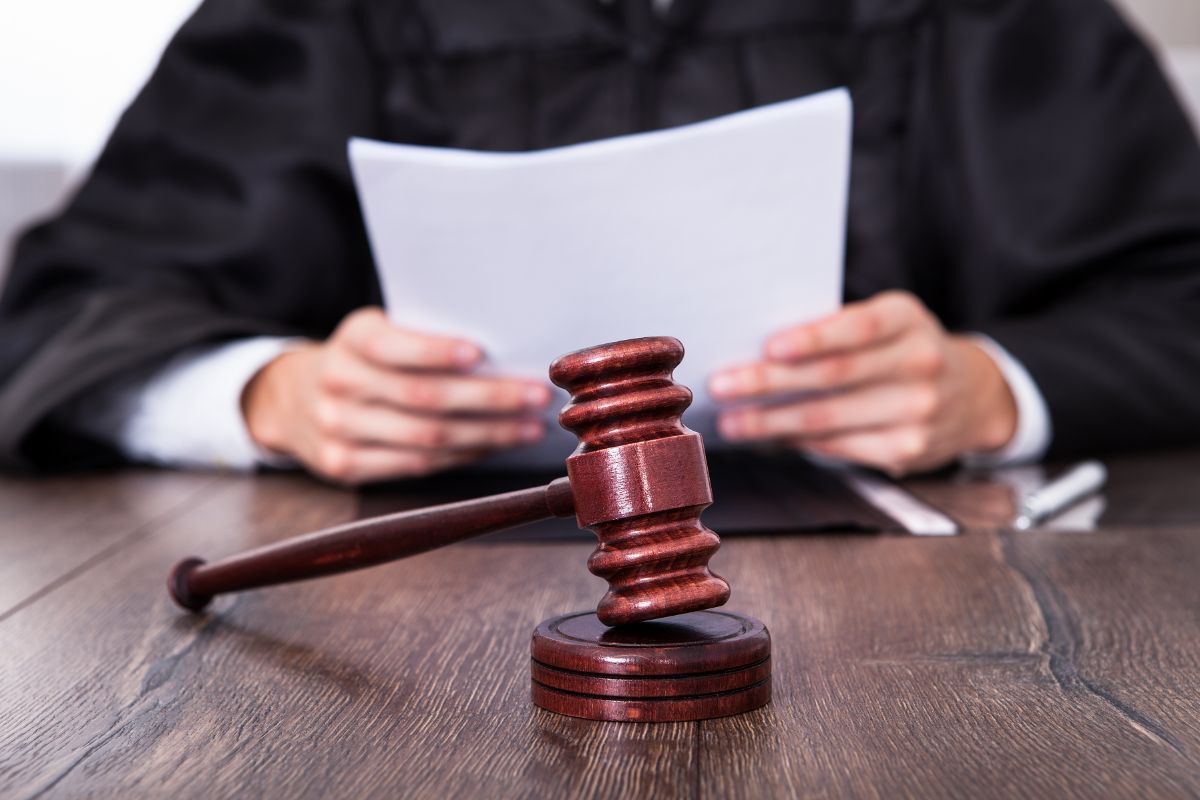About Jury Instructions

One of the most important components of a trial is the case’s jury instructions. These instructions or directions help jurors pinpoint a case’s specific issues, as well as those laws that are applicable and determinative of the outcome. The importance of jury instructions to the outcome of a legal matter may not be emphasized or stressed enough.
Jury instructions identify those issues that the jury will be required to decide so jurors may understand the legal principles applicable to the case. Jurors may not reach a proper verdict if they do not understand the jury instructions or the instructions fail to adequately address the case’s legal issues. Appellate courts may reverse trial courts that issue poorly-worded or inadequate instruction. An erroneous jury instruction may even require a new trial. A jury instruction typically completes its intended purpose if it is clear, simple, in plain language understandable to all jurors.
The official jury instructions used in California are the culmination of years of work to draft comprehensive, legally accurate jury instructions that are readily understood by the average juror. There are two volumes of civil jury instructions (CACI) in California. Volume One consists of Series 100 to 2500 and Volume Two consists of Series 2600 through 5000.
Commonly referred to as the judge’s charge to the jury, a judge reads instructions to the jury about the relevant laws that provide the foundation for its’ deliberations. In some jurisdictions, the court may instruct the jury at any time after the close of evidence, sometimes before closing arguments.
Typically, the judge will state the case’s issues and define any relevant terms or words that may be unfamiliar to laypersons. The judge may even read sections of applicable statutes and laws. The judge will then state the standard of proof to be applied in the case. It is “beyond a reasonable doubt” in a criminal case and the “preponderance of the evidence” in a civil case.
The jury will be advised by the judge that the jury is the sole and exclusive adjudicator of the facts and the credibility of witnesses. The jurors are told to base their conclusions on the evidence presented in the trial, and nothing else, including the lawyer’s opening and closing arguments, which are not evidence. Some judges even list the case’s facts in dispute, as well as those facts which are irrelevant.
The judge will state that the jury instructions contain the interpretation of the relevant laws governing the case and that jurors must adhere to such laws in reaching their final decision, regardless of personal opinion about the fairness of the law’s application. The goal is to have jurors reach a verdict by determining the facts within the guidelines of the law as determined and explained by the judge.
In 2012, CDTA accepted its first class of students featuring the use of a practical focus on modern legal education that recognized its student body’s need and demand for distance learning. The experience that faculty and staff have gained through this focus has helped the CDTA continue to educate its students without missing a beat through the necessitated quarantine of 2020. The CDTA implements the same comprehensive learning platform as traditional law schools while considering both the traditional and modern needs of law students in 2020. At CDTA, not only do we educate students to be lawyers, but we also train and develop them to be exceptional trial advocates. Call us today at (760) 342-0900 or find out more online here.


